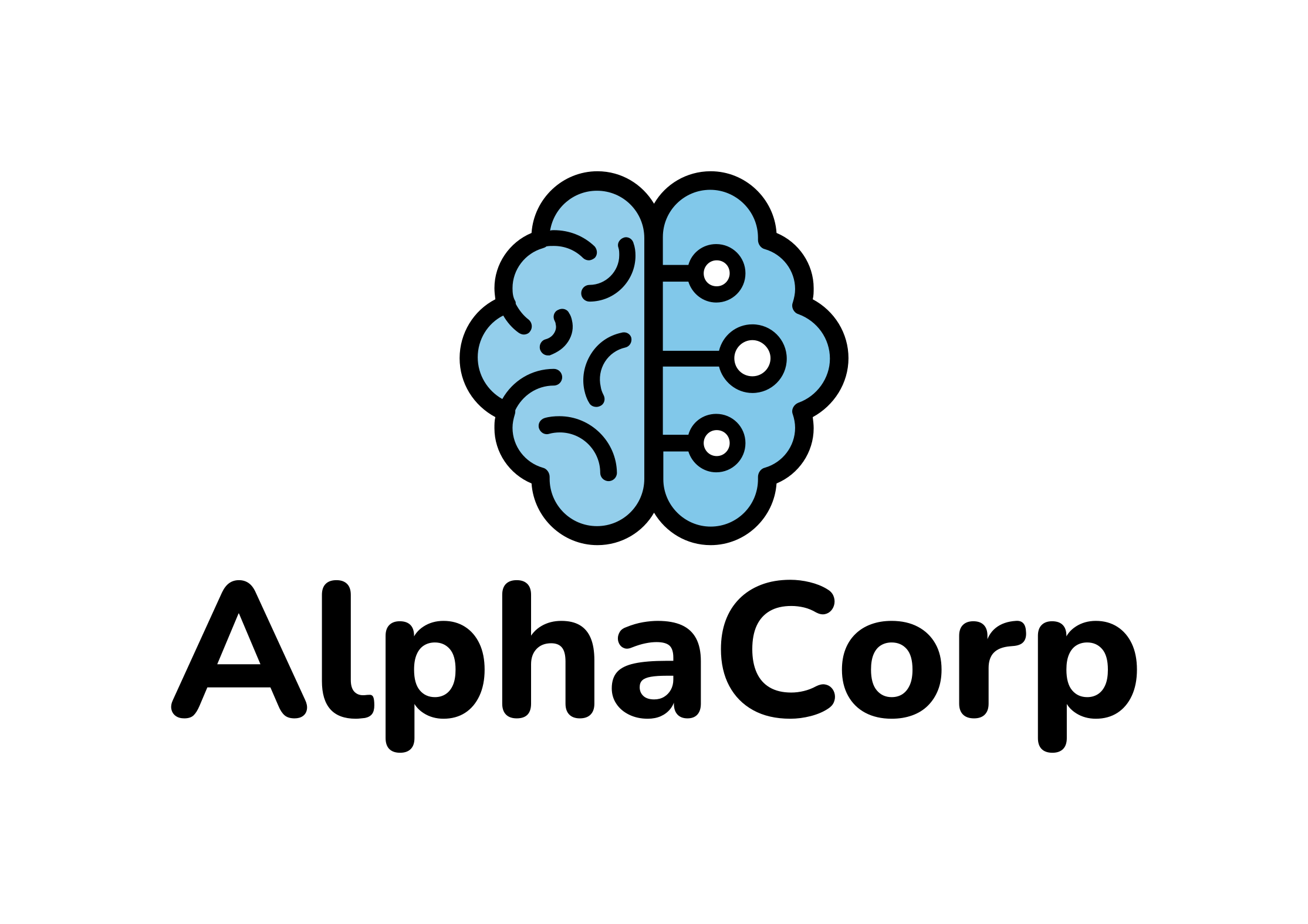You want the best LLM for your real work today. The short answer is this: GPT 5 is the strongest overall closed model right now, leading a composite exam at 35.2 percent on Vellum’s board, while Claude Opus, Gemini 2.5 Pro, and Grok 4 each win specific use cases. This list breaks down where each model shines and gives you clear next steps to pick with confidence.
The Best LLMs for October 2025
If you are choosing among the top models, accuracy gaps are small on many tests, so your best fit often comes down to code task type, latency needs, context window, and whether you must self host. Use the quick picks below to narrow your options, then dig into the item you care about most.
Quick picks at a glance:
- Best overall closed model: GPT 5
- Best for long agentic coding: Claude 4 Opus
- Best latency and context window: Gemini 2.5 Pro
- Best open weights: DeepSeek V3
1. GPT 5
GPT 5 is the most capable single choice in October 2025. It leads composite capability and is clustered at the top on hard reasoning. When you allow longer thinking, its math jumps to state of the art. That headroom can matter for research, planning, and complex code analysis. A concrete data point is the AIME 2025 jump detailed in the GPT 5 Benchmarks article.
Action step: Try two profiles in your evals, normal chat and slow thinking, and measure the latency and cost you can accept.
Best for: hardest problems with budget
2. Claude 4 Opus
Claude Opus 4.x is the safest choice for long horizon coding work. It pairs strong problem solving with steady behavior over many hours, which helps teams push large pull requests and multi step refactors. Sonnet 4 is a great workhorse for fast general tasks when you want lower cost. Sonnet’s cost and speed profile shows well in the periodic Vals AI updates notes.
Action step: Use Opus for persistent coding agents and Sonnet for day to day reasoning at scale.
Best for: long coding sessions
3. Gemini 2.5 Pro
Gemini 2.5 Pro is the best pick when you need fast starts, high tokens per second, and a very large context. It handles document heavy and multimodal work with a million token input window and can start streaming in well under one second on managed platforms. Leanware’s latency and streaming snapshots on Vertex are summarized in the Leanware Vertex AI report.
Action step: For chat apps, wire Gemini streaming first, then compare user drop off to your current model.
Best for: responsive long context apps
4. Grok 4
Grok 4 sits with the leaders on hard reasoning and realistic coding tasks. It often lands near the top in head to head tests and is a solid alternative when price or integration details push you away from other vendors. Its top cluster standing is visible on the Vellum leaderboard for 2025 snapshots.
Action step: Include Grok 4 in your bake off when you evaluate cost, safety posture, or platform support.
Best for: strong generalist runs
5. DeepSeek V3
DeepSeek V3 is the best open weight generalist in late 2025. It is especially good at math and code, using a mixture of experts design to keep decoding fast. The project and model notes are tracked on the DeepSeek V3 page, which many teams use as a starting point for self hosting.
Action step: If you need on prem, pair V3 with a modern server like vLLM or SGLang and enable FP8 KV cache.
Best for: open self hosted deployments
6. DeepSeek R1
DeepSeek R1 focuses on reasoning and comes in distilled variants that offer strong math and coding at a lower cost profile than many closed models. If you want open weights with a thinking bias, this is the one to trial next to V3. A side by side summary appears in the PromptLayer comparison write up.
Action step: Test R1 on your math heavy and code generation tasks to see if you can cut costs without losing accuracy.
Best for: open reasoning tasks
7. OpenAI o3 Pro
o3 Pro remains a credible baseline for coding and reasoning. It performs well on competitive tasks and can hold its own on repository based repairs, though it is no longer the top of the stack. A mid 2025 coding comparison that includes o3 sits in the Bind AI comparison notes.
Action step: Keep o3 in your test matrix if you already use OpenAI and want predictable migration paths.
Best for: solid legacy baselines
8. GPT 5 Mini
GPT 5 Mini is a value tier variant that punches above its weight on fast moving coding tests. On LiveCodeBench it ranks at or near the top in late 2025 reports, which shows how far smaller models have come. You can see the ranking in the LiveCodeBench 2025 roundup.
Action step: For education tooling or lower budget IDE features, trial Mini against your current mid tier model.
Best for: value coding workloads
9. Claude 4 Sonnet
Sonnet 4 is the practical choice when you want most of Opus capability at a better price and with quick responses. It is popular for scaled reasoning where you care about speed and coherency. Regular scoreboard notes highlight Sonnet as a balanced pick in the Vals AI updates feed.
Action step: Use Sonnet for customer facing flows where latency and quality both matter.
Best for: fast general reasoning
10. GPT 4.5
GPT 4.5 had a mixed reception in 2025 and uneven speed across surfaces, but it remains a familiar baseline for many stacks. If you have existing prompts and guardrails tuned to it, you may keep it in place while you run bake offs with newer models. Shifts in UI only rankings are discussed in the AINews issuesarchive.
Action step: Freeze your 4.5 prompts, then run a week of side by side evaluations with GPT 5 and Sonnet.
Best for: gradual migrations
How We Chose the Best LLMs for October 2025
Our picks reflect three things users feel most in production. First, fresh and hard tests matter. We favored contamination resistant and evolving evaluations like SWE Bench Pro, LiveCodeBench, GPQA Diamond, and modern composite measures. Second, we separated coding agents from short form coding and from general reasoning to avoid over generalizing a single score. Third, we weighed deployment realities, including latency, context limits, and whether you will self host.
We treated thinking modes and tool use as confounders. Scores that let models think for a long time or call Python are not directly comparable to short chat responses. We aligned those modes when comparing results. We also noted that UI versions of a model can differ from APIs, so we looked for reproducible evidence and not only public arenas.
Finally, we judged models by where they were clearly ahead. GPT 5 leads the composite boards and shows headroom in math when you allow thinking. Claude Opus is the most reliable option for long coding sessions with consistent style and structure. Gemini 2.5 Pro remains the speed and context leader for document heavy work. DeepSeek V3 is the open weight choice that most often feels like a closed frontier model in daily use.
Why It Matters
Picking the right model can cut your time to value by weeks. The difference between a fast start and a slow one can be user drop off. The difference between a steady coder and a flaky one can be days of review cycles. And if your stack must run on your own hardware, the open choice you settle on affects both speed and accuracy.
This guide helps you move fast without guesswork. If you need the best overall performance and can afford thinking time, start with GPT 5. If your goal is a stable coding agent on long tasks, choose Claude Opus. If you care most about latency and context, Gemini 2.5 Pro is your easiest win. If you must self host, start with DeepSeek V3 and a modern server.

